Texas is one of the most resource-rich states in the country. It has approximately one-third of the nation’s crude oil reserves and one-quarter of its natural gas reserves. It produces more wind energy than any other state and it ranks 10th for installed solar power capacity. The state’s robust natural resources have undeniably helped launch The University of Texas at Austin as one of the nation’s premier institutions in energy education, research and innovation.
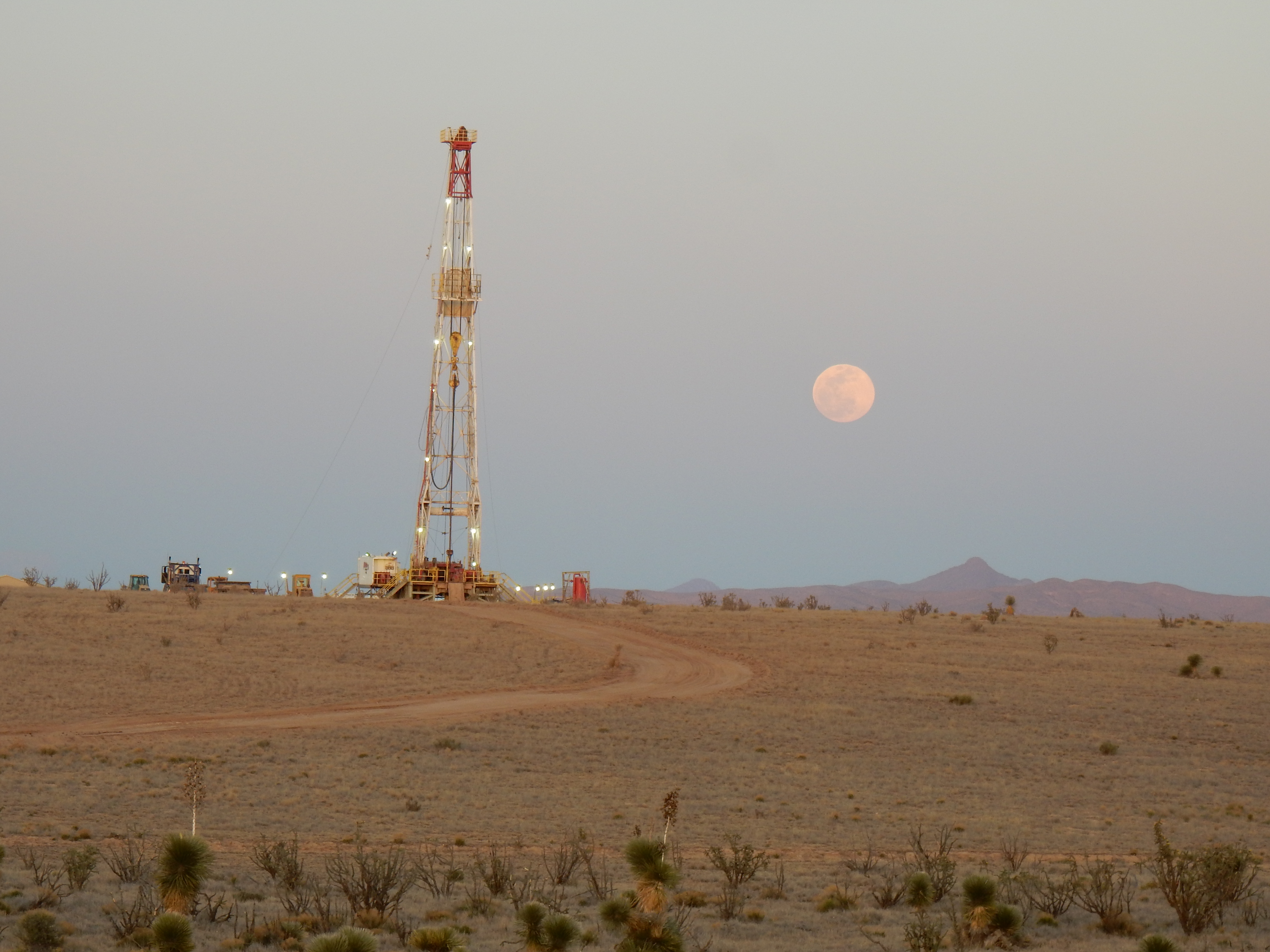
Our pipeline of oil and gas leaders and innovations strengthens industry, ultimately increasing the profitability of our own land. And those profits then benefit our students and faculty. It’s our unique story — a story that keeps going.”
—MICHAEL WEBBER, PROFESSOR OF MECHANICAL ENGINEERING AND DEPUTY DIRECTOR OF THE ENERGY INSTITUTE
In the 1800s, the Texas Legislature allocated more than 2 million acres of land in West Texas to support the University of Texas and Texas A & M systems of higher education. At the time, the land’s revenue came from ranching and agriculture.
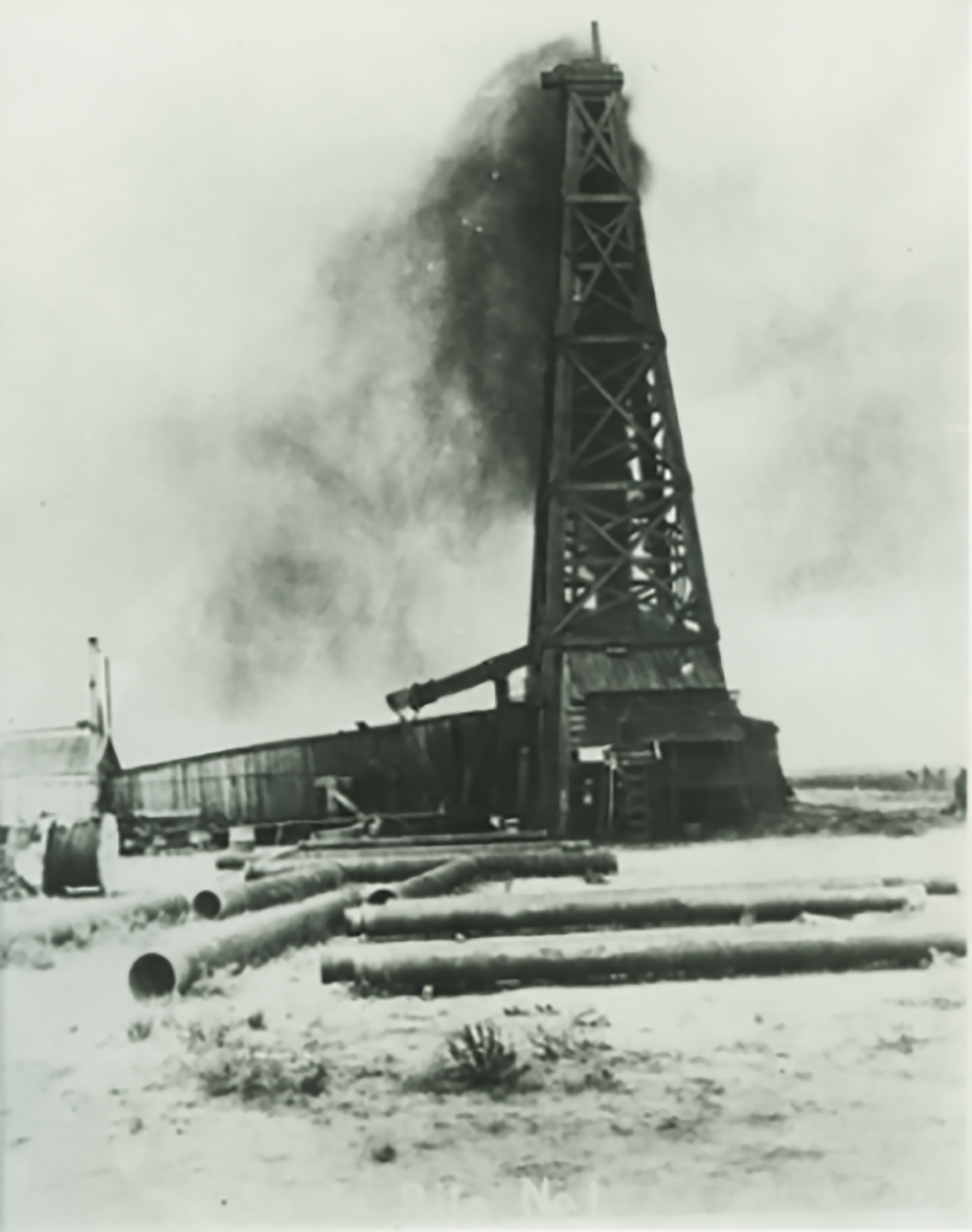
Then, on May 28, 1923, the Santa Rita well came in, unleashing vast amounts of oil and changing the future of Texas public higher education forever. Named for the patron saint of the impossible, it was the first well drilled on University Lands.
Since that moment, energy production has been a key source of funding for both university systems. University Lands leases acreage to companies for oil and gas and wind energy development, and the royalties help fund more than 20 educational and health institutions across the two university systems, including UT Austin.
The establishment of the University Lands is an important factor in UT Austin’s ability to provide a low-cost, high-quality education, to forge and maintain close relationships with industry and to benefit from its energy research.
“Revenue from the land’s resources allowed us to become a world-class university quickly, which helped us attract the best and the brightest in the field,” said Michael Webber, professor of mechanical engineering and deputy director of the university’s Energy Institute. “Our pipeline of oil and gas leaders and innovations strengthens industry, ultimately increasing the profitability of our own land. And those profits then benefit our students and faculty. It’s our unique story — a story that keeps going.”
In the early days of the oil boom, wildcatters picked drilling locations based on instinct. When they did strike oil, they were only able to collect 10 to 20 percent of the so-called liquid gold.The industry desperately needed skilled engineers who could drill strategically and increase in-place oil recovery.
So, in 1930, UT Austin created the Department of Petroleum Engineering and built the nation’s first academic building dedicated to the field of study. The department produced some of the first oil well drilling devices and recovery methods and developed the earliest expert materials on the subject, including the first petroleum engineering textbook, written by the department’s first chair, Frederick Plummer.
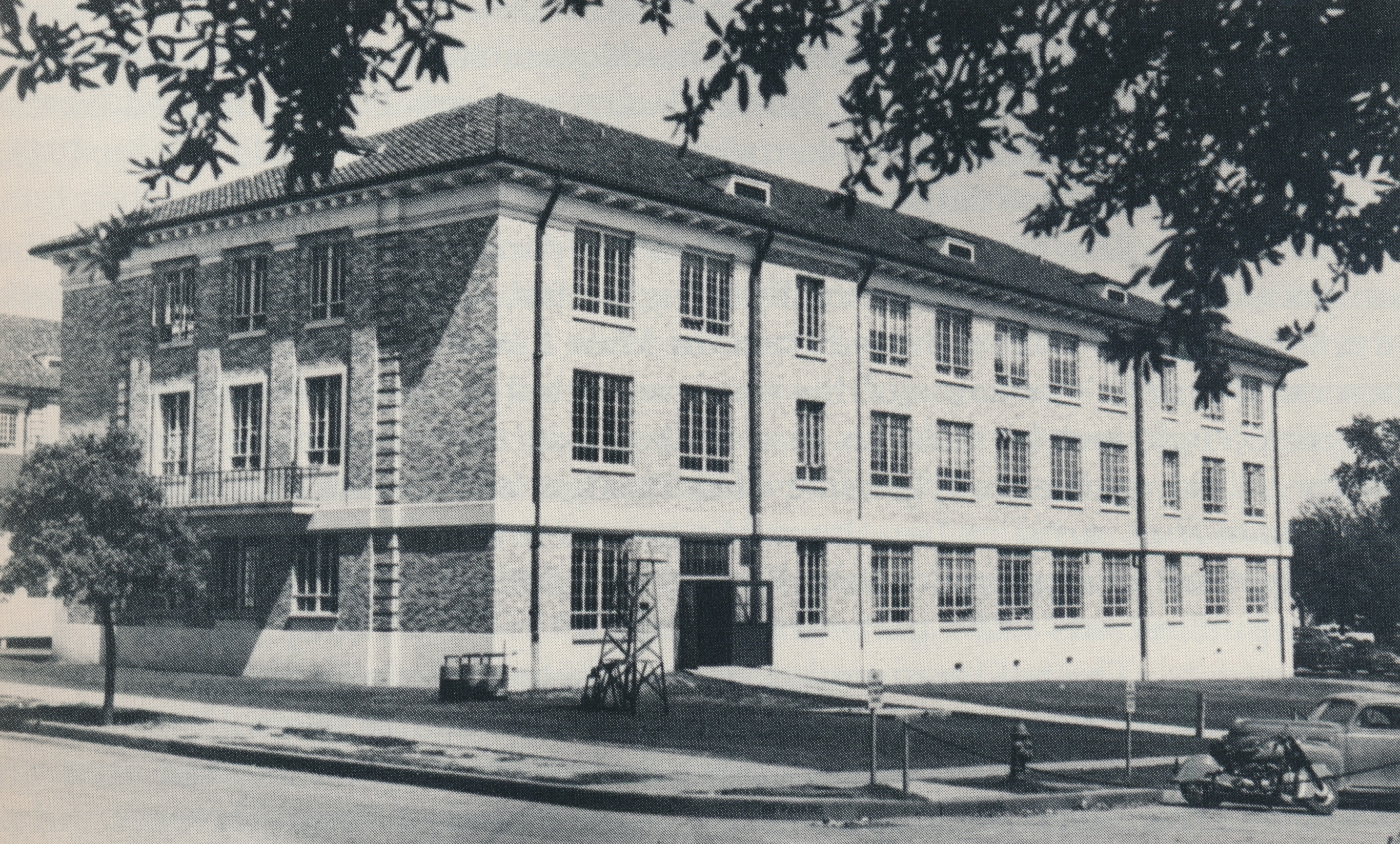
With a history rooted in oil and gas, it may be surprising that, today, about half of UT Austin’s energy research is in areas outside of hydrocarbons. The Cockrell School of Engineering is now a recognized leader in renewable energy, nuclear energy and batteries — and it continues to be a leader in oil and gas, with the nation’s No. 1-ranked petroleum engineering program at both the undergraduate and graduate level.
With 23 energy-related centers and labs and a dedicated Energy Institute that fosters multidisciplinary collaboration and propels energy education efforts, the university boasts an infrastructure for energy education and research that is virtually unmatched.
For nearly a century, students and faculty in the Cockrell School have been driving energy innovation — from developing early tools for oil production to creating sophisticated instrumentation for nuclear fusion. Each year, Texas Engineers continue to create cutting-edge technologies and solutions that shape our energy future.
Advancing Modern Oil Recovery
After more than 100 years of oil and gas production in the U.S., resources have become more difficult to retrieve. Texas Engineers are leading the way in creating technologies and methods that help industry to extract more oil from existing reservoirs and tap into new, hard-to-reach areas.
Enhanced oil recovery methods developed by Cockrell School researchers allow industry to recover up to 65 percent of in-place oil by utilizing steam, heat and chemicals to bring more oil to the surface.
“We have led the nation in this area for the last three decades, and our expertise is unparalleled,” said Larry Lake, professor of petroleum engineering and program manager of the university’s enhanced oil recovery research program.
“We have developed many technologies and new chemicals, foams and polymers that increase the flow of oil when injected in order to get every bit of it that we can from a reservoir.”
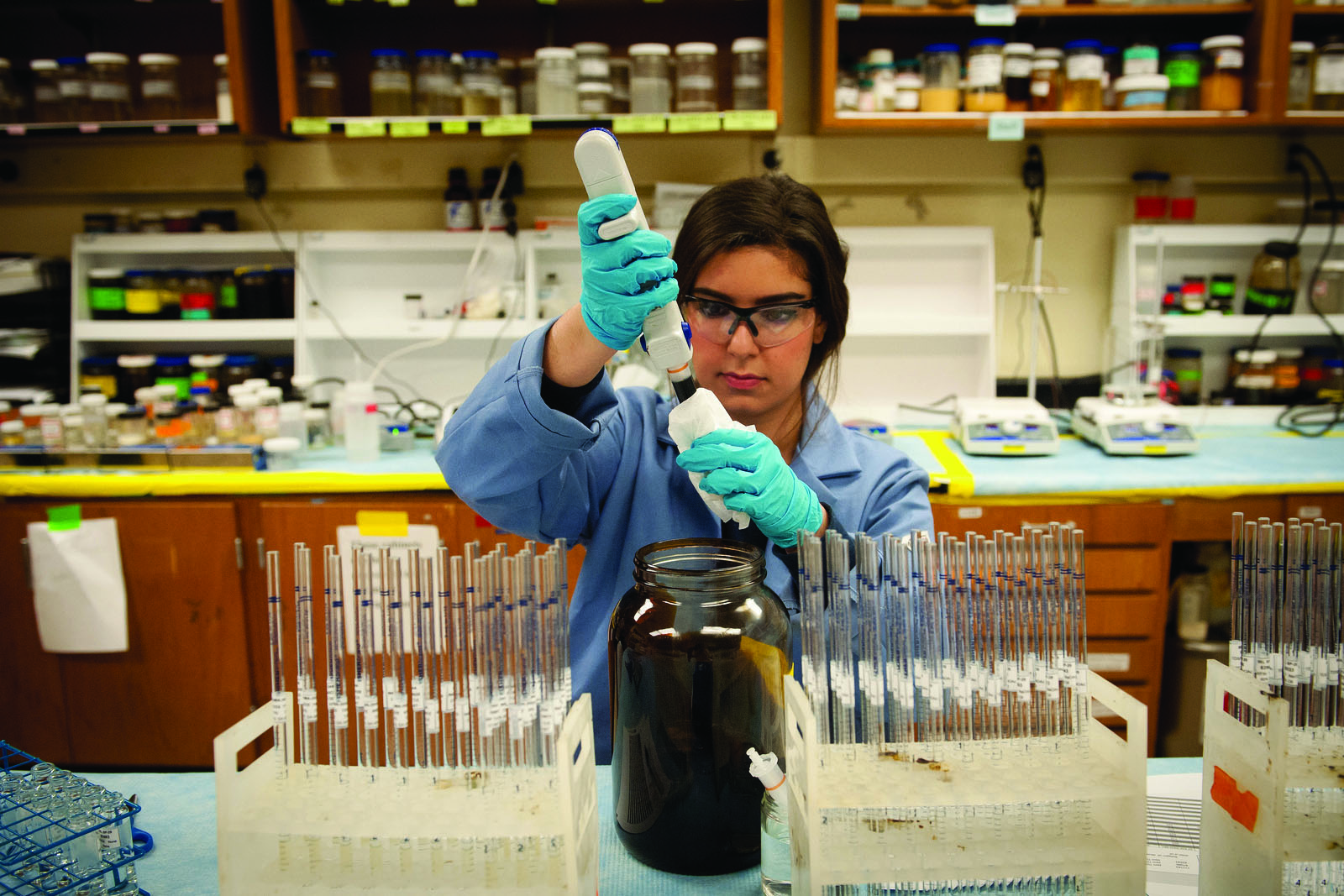 In 1997, Texas Engineering alumnus Nicholas Steinsberger (B.S. PE 1987), then an engineer with Mitchell Energy, developed a new approach to hydraulic fracturing. He injected an extra watery fluid to tap into shale formations. His “slick water” fracturing approach helped launch the shale gas revolution, which led to the development of new oil fields across the country, including the Eagle Ford Shale in southwest Texas. It also reopened the Permian Basin, the largest and most productive oil field in the state.
In 1997, Texas Engineering alumnus Nicholas Steinsberger (B.S. PE 1987), then an engineer with Mitchell Energy, developed a new approach to hydraulic fracturing. He injected an extra watery fluid to tap into shale formations. His “slick water” fracturing approach helped launch the shale gas revolution, which led to the development of new oil fields across the country, including the Eagle Ford Shale in southwest Texas. It also reopened the Permian Basin, the largest and most productive oil field in the state.
Building on our alumnus’ breakthrough, Cockrell School faculty are creating new tools to make hydraulic fracturing more effective, more environmentally friendly and less expensive.
Mukul Sharma, petroleum engineering professor and former department chair, and his team of researchers are currently building next-generation models to simulate the growth and impact of complex hydraulic fractures, as well as a downhole tool for fracture diagnostics.
By determining the “propped” fracture dimensions, the principal driver for well productivity, the tool could improve oil and gas recovery, reduce costs and help minimize the environmental footprint. Their project is funded by a $1.6 million grant from the U.S. Department of Energy.
Jon Olson, chair of the Department of Petroleum and Geosystems Engineering, says innovators like Sharma and Lake are at the heart of UT Austin’s leadership in energy.
“The energy riches found under University Lands built the foundation that propelled us to the forefront of research and education in oil and gas,” Olson said.
“But it is our incredible people — our expert faculty and talented students — who are the reason why we continue to lead the nation in this area.”
Making Renewable Energy Economically Viable
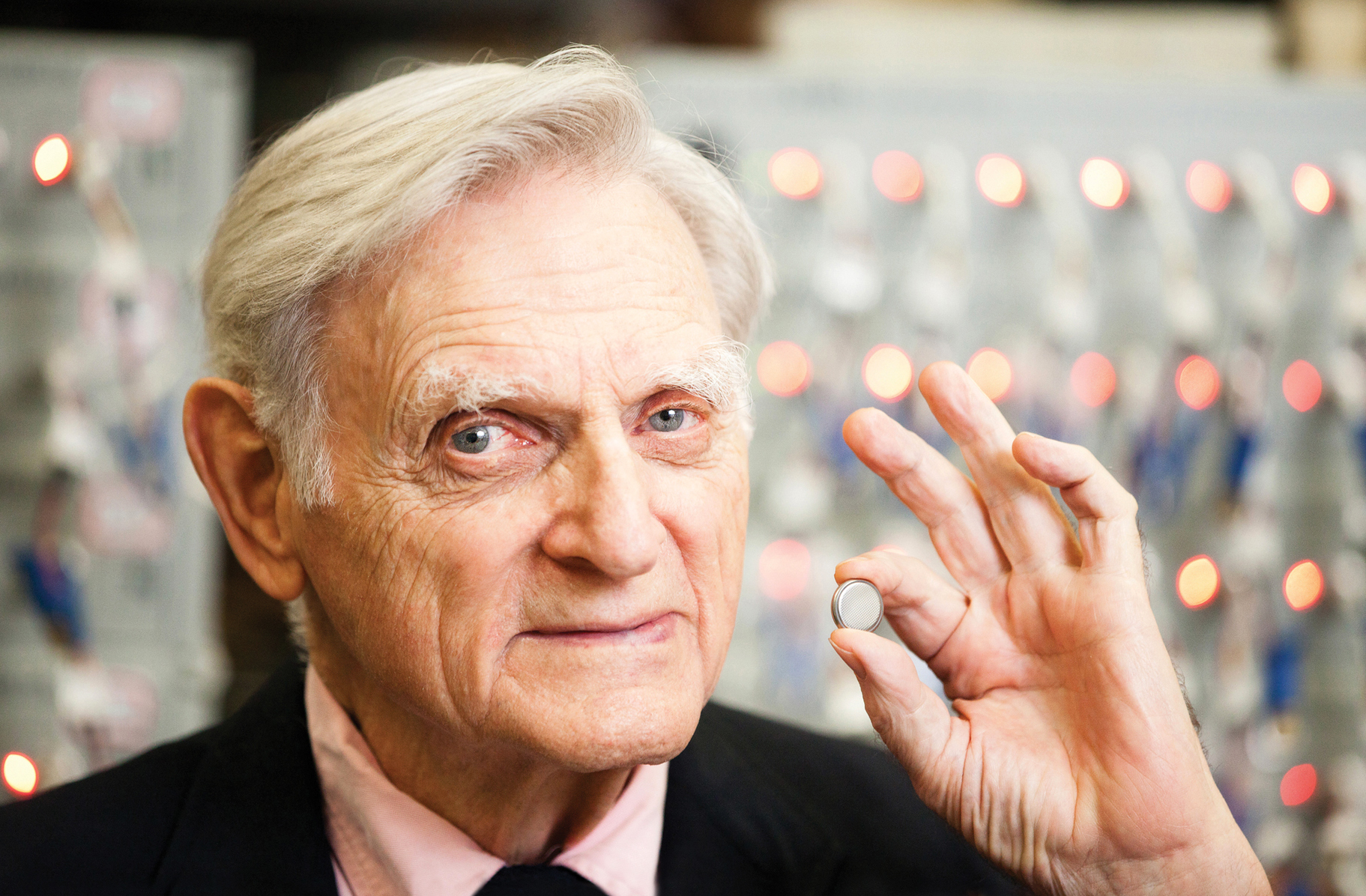
Revolutionizing Energy Storage
For the past 30 years, the Cockrell School has been home to one of the most influential inventors and energy storage experts in the world. John Goodenough, professor of mechanical engineering and electrical and computer engineering, is best known for having developed the cobalt-oxide cathode, which led to the creation of the world-changing lithium-ion battery. But at 94 years old, Goodenough is still not satisfied with his success — he’s working on his next big breakthrough.
In 2015, Goodenough’s team identified a new safe and sustainable cathode material for sodium-ion batteries, a promising new type of rechargeable battery. Sodium-ion batteries are a low-cost alternative to lithium-ion batteries, because sodium is abundant and inexpensive.
Today, Goodenough is hard at work developing a new battery configuration with M. Helena Braga, a visiting scientist from Portugal. The breakthrough technology, which Goodenough plans to unveil this year, is safe and of high enough energy density to power an electric car and store electric power from wind and solar energy.
In the 1970s, energy crises drew attention to the United States’ dependence on foreign oil, and a burgeoning environmental movement shed light on the need for additional sources of energy. Since then, Texas Engineering has attracted top talent and significant investments in renewable energy research from both industry and the U.S. Government.
In the Center for Electromechanics, engineers are working on a global initiative to build new wind turbines that are wound with superconducting wire instead of regular copper wire to conduct electricity. Bob Hebner, research professor of mechanical engineering and director of the center, says that this project aims to dramatically increase the profitability of wind energy.
“These turbines would be smaller and lighter, which would make the entire structure simpler and drive down costs,” he said.
Texas Engineers are also improving offshore wind turbines, which are able to generate massive amounts of power from strong winds over the ocean.
Several nations in Europe and China are benefitting from regional offshore wind farms. The United States, however, only recently completed its first permanent offshore wind farm—a small project off the coast of Rhode Island. U.S. construction is limited due to the threat of hurricanes, which create complex wind, waves and currents that can severely damage large and expensive offshore turbines.
But civil engineering professor Lance Manuel and his team of researchers have been working to assess the risks of this type of storm damage in order to inform new design standards for safe and reliable offshore wind turbines. They are currently collaborating with the National Renewable Energy Laboratory and the University of Miami’s Rosenstiel School of Marine & Atmospheric Science on a project funded by the DOE. The team’s findings were recently published in a DOE report.
“By increasing our understanding of the physical impact of these storms, we hope to help advance the development of wind turbines that can harness the immense power of offshore wind,” Manuel said.
In solar energy, Cockrell School researchers have partnered with an Austin-based startup, Applied Novel Devices, to develop a flexible solar cell technology at UT Austin’s Microelectronics Research Center.
Sanjay Banerjee, electrical engineering professor and director of the center, says that these solar cells could have a dramatic impact on the prevalence of solar power in Texas.
“These efficient, less expensive and mechanically flexible solar cells could go around more aesthetically appealing curved tiles on rooftops, or they could be used in large-scale solar electricity farms in West Texas,” Banerjee said.
Biofuels are another energy source that can significantly reduce carbon emissions by reusing CO2 to grow new plants. Texas Engineers have developed a new, mutant yeast strain that could allow for the more efficient and cost-effective production of these fuels.
Hal Alper, associate professor in chemical engineering, and his team engineered a special type of yeast cell, Yarrowia lipolytica, and significantly enhanced its ability to convert simple sugars into oils and fats, known as lipids, that can then be used in place of petroleum-derived products.
“Our re-engineered strain serves as a stepping stone toward sustainable and renewable production of fuels such as biodiesel,” Alper said. “Moreover, this work contributes to the overall goal of reaching energy independence.”
Shaping the Future of Nuclear Power
Since the 1950s, when the Cold War turned the U.S. Government’s attention to nuclear energy, engineers at UT Austin have been working to make nuclear power more economically viable.
Dale Klein, professor of mechanical engineering, associate vice chancellor for research at the UT System and former chairman of the U.S. Nuclear Regulatory Commission, has been a key player in the university’s efforts in nuclear power, as well as in the nation’s efforts to safely generate nuclear energy and monitor the use of nuclear power for weapons. He says that nuclear power is one of the cleanest, most efficient ways to create base-load electricity.
“Nuclear energy has the ability to generate base-load electricity around the clock, seven days a week, and it has no CO2 emissions,” Klein said. “It’s a very compact form of energy and it provides electricity in an environmentally friendly way.”

Erich Schneider, associate professor of mechanical engineering, is investigating how to store large amounts of nuclear energy when it’s not immediately needed for power. With a grant from the U.S. Department of Energy’s Office of Nuclear Energy, he is developing energy storage plants that would allow nuclear energy to play a more flexible role as part of the electricity grid.
“By coupling a reactor to thermal energy storage, we can put energy on the grid when it’s most needed, making nuclear power more economically competitive as a vital component of a low-carbon electricity grid,” Schneider said.
To generate electricity, nuclear power plants use nuclear fission, a process that creates energy by splitting atoms apart to form smaller atoms. But Texas Engineering researchers have been involved in nearly three decades of work to create energy through nuclear fusion, the process of combining atoms together.
Since 1979, researchers in the Center for Electromechanics have provided power supplies and instrumentation for fusion projects. To this day, no one has been able to create power through nuclear fusion, but Hebner says the years of research are worth it.
“The world keeps investing in fusion because it is expected to be the cleanest, cheapest and most sustainable way of getting energy. But harnessing the processes that power the sun has proven to be a daunting task,” he said.
Currently, the Cockrell School is working with the College of Natural Sciences to develop instrumentation for ITER (International Thermonuclear Experimental Reactor), an international nuclear fusion research and engineering megaproject, which will be the largest magnetic confinement plasma physics experiment in the world.
“If these global projects eventually succeed, they will have undoubtedly helped change the world,” Hebner said.
UT Austin’s Energy Cycle Continues
Today, out in West Texas, oil jacks are pumping, the sun is shining and wind is whipping across University Lands. And, because of Texas Engineering innovations, industry is capitalizing on those resources, providing energy for the nation and, ultimately, generating critical funding for The University of Texas at Austin.
As we look ahead, the Cockrell School’s skilled researchers, passionate teachers and talented students will continue to propel the university forward as they develop the next solutions that will transform the energy landscape. Energy helped create UT Austin’s past, and energy will help drive its future.
Power Visit

In April, Secretary of State John Kerry visited UT Austin’s renewable energy research facilities, giving Cockrell School faculty and student researchers an opportunity to show off their progress and technological advancements. From solar cells, to grid infra- structure, to biofuels, Texas Engineering in- novation was on display. Kerry’s 90-minute stop included a tour of the Microelectronics Research Center and solar farm and a roundtable discussion with local business leaders and university researchers.
“The story of Texas’ energy transformation is one of the examples of where this world of ours is going and how economies are going to change over the course of the next years. Smart investments are in technology. We have the know-how, we have the savvy, we have the innovators,” Kerry said.